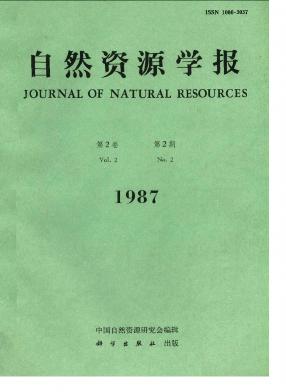Special Column:Celebration of the 70th Anniversary of IGSNRR, CAS
Su Daxue
Studing natural grasslands of 84 counties in Guizhou Province and analysing 1331 quadrate samples, this paper explains that they are the grasslands with secondary characteristics, most of them are unstable, situated in the succession from grasses to bush to forest, besides, there are also relatively stable alpine meadows and bush-grasslands with plagioclimax.The grasslands in Guizhou Province are mainly scattered patchily among the woodlands and agricultural fields. Large area of these grasslands are located on the middle-mountain areas and plateaus with the elevation above 1000 m, these places are characterized with small population, long distance from settlements and difficulty of accessibility. The grasslands often stretch contineously as a belt on the ridges and tops of the middle-mountains.The total coverage of the grasslands in Guizhou, is about 80-85%. The thickness of the grass layer is about 60-70 cm, and the yeild of the fresh grasses is about 6,000-9,000 kg/ha. The growing times of green grass is about 240-300 daysannually. There are 96% of grasslands can be used for cutting for making hays. The grasslands in Guizhou abound with variant plants, mainly winter-green or evergreen grasses. The alpine meadows have relatively high value for animal husbandary. Most of them are suitable to exploitation with advantage ous. condition.The quality of the grasslands in Guizhou is poor, 76.5% of them are deficient in legumes, which occupy only 0.96% of the total grasses by weight, they are the grasses with low content of protien. There are about 40% of these grasslands with thin soils depth less than 30 cm, and there are about 50% of the grasslands with slopes more than 25%, about 74.8% with bare rocks or stones and 25% are suffered from soil erosion. The durability for grazing is poor. All of these, to some extent, are the limitation of their exploitation.
